Endangered NJ Species
Sometimes the most majestic and beautiful of creatures are also the most threatened. Here are just some of the numerous animals in New Jersey that are in danger of extinction, along with their profiles. Learning about these animals is often the first step to cherishing and protecting them.
THE BALD EAGLE
- Wing span: 6-7 feet
- Larger than most other birds
- Food: Fish during warm months; Waterfowl, muskrat, and carrion during winter and early spring
- Live in New Jersey all year round
- Build their nests above the forest canopy
- In 1970, there was only one pair of nesting Bald Eagles left.
- NJ Division of Fish and Wildlife’s Endangered and Nongame Species Program artificially incubated a young bird and sent it back to the nest to grow
- For six years, the Eagles failed to produce young
- Decline was due to the use of DDT, which was banned in 1972 - DDT caused the eggshell to thin
- Biologists in NJ initiated restoration efforts which helped to increase the population
- 2012: 119 active pairs of Bald Eagles
- Still endangered because their mortality rates are high (80%) and do not reproduce until four or five years
THE BOG TURTLE
- tiny, dark turtle
- Orange patch behind either side of head
- one of the smallest turtles in North America- 7.6 to 10 cm long
- Habitat: Limestone fens, bogs and wet, grassy pastures
- 1974: Endangered in NJ
- 1997: Federally threatened species
- Rare; only in rural portions of NJ
- Urbanization and Industrial farming destroy their habita
THE BOBCAT
- Medium sized cat
- Two feet tall
- Yellowish brown to reddish brown fur
- Short bobbed tail (three to seven inches long) that is black at tip
- Hunt at night and day
- Extremely shy animals so are barely seen but due to population increase they have become more visible
- Habitat: North America, Coniferous and Mixed forest in North; Swamp and Coastal areas in Florida; Desert and scrubland in Southwestern US
- Decline in population due to deforestation and changes in practices in agriculture
- Currently on Endangered list in NJ but population is on rise
- Diet: rabbits, mice, squirrels, turkeys, small or sick deer
- Excellent vision and hearing
- European settlement brought problems for the bobcats because the bobcats were hunted and trapped for their pelts, and land was beginning to be used differently, which did not work for the bobcats
- 1950s and 1960s: death of many bobcats due to car accidents because of growing roads and new developments
- 1991: Endangered in NJ
- Limitations to growing Bobcat population in NJ: habitat loss and fragmentation, changes in land use, car accidents, busy roads, barriers between habitats preventing free movement



